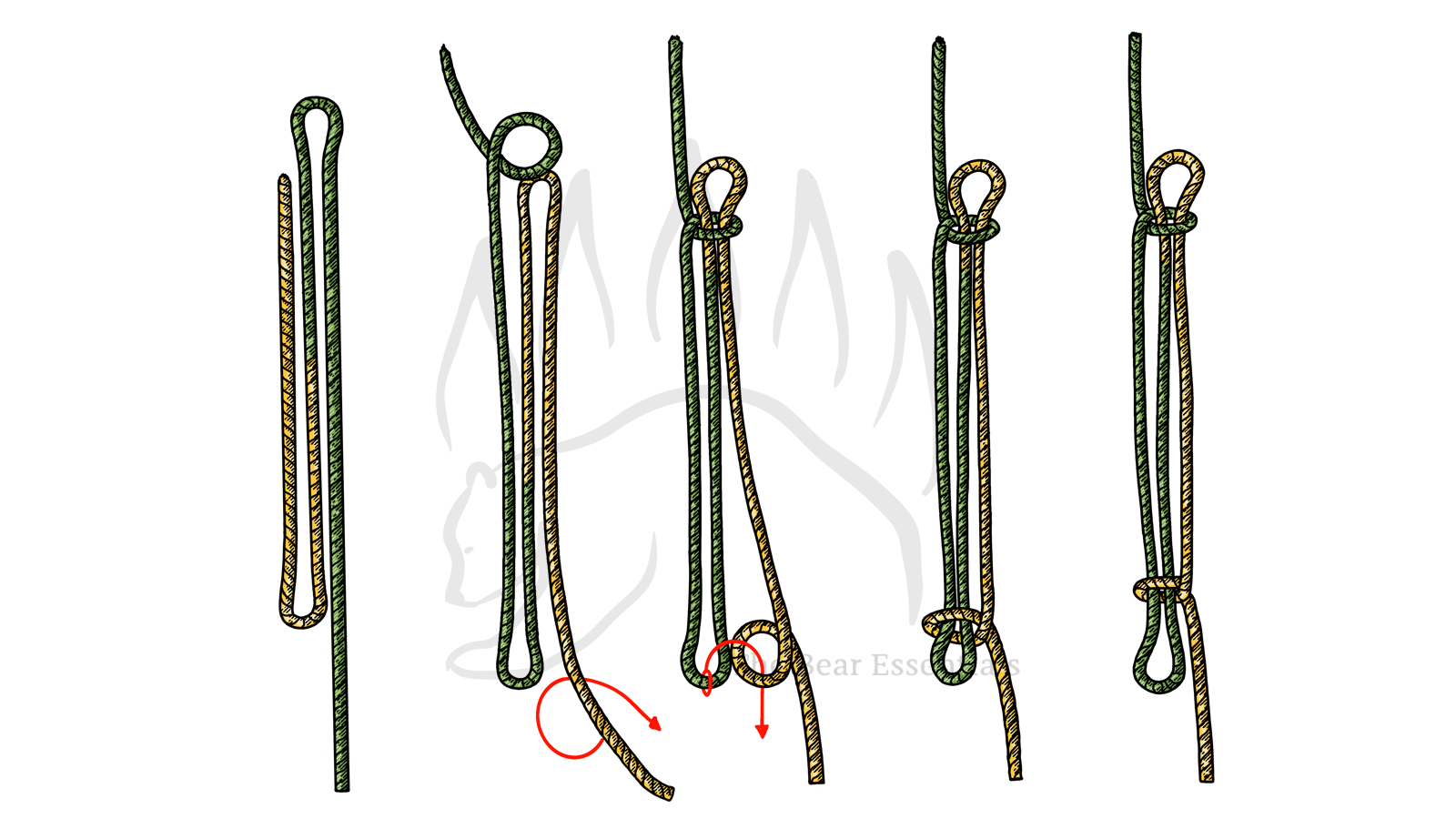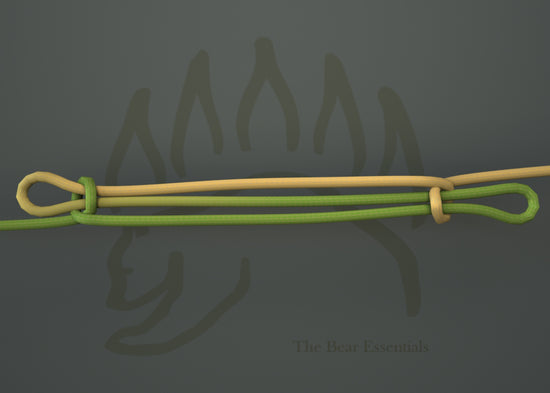How to Tie the Sheepshank Knot
Usage
The Sheepshank Knot is designed for one purpose: shortening a rope or bypassing a damaged section. It’s simple to tie and creates two loops that help maintain tension along the rope. However, it has significant limitations. Without constant tension, it can spill or come undone, especially when tied with modern synthetic ropes. For temporary adjustments, it’s handy, but for critical tasks, safer alternatives like the Alpine Butterfly Knot are recommended.
Why Learn the Knot
The Sheepshank Knot is a piece of knotting history, dating back to the 1600s. While it’s less practical today due to its instability, learning it offers valuable insight into traditional ropework techniques. It’s also useful for non-critical tasks, such as shortening ropes or creating loops in low-tension environments.
Common Uses
-
Rope Management:
- Shortening a rope without cutting it.
- Isolating a damaged section of rope temporarily.
- Decorative Purposes: Occasionally used in crafts or displays for its unique structure.
ABOK Number
(Ashley Book of Knots)
Other Names
CategoryRope Shortening
|
Notable Features
- Quick Adjustment: Easily shortens rope or bypasses frayed sections.
- Non-Jamming: Releases easily when tension is removed.
- Two Loops: Provides loops at each end, which can be used to secure additional lines.
Similar Knots
Alpine Butterfly Knot vs. Sheepshank Knot
- Pros of Alpine Butterfly Knot: Secure and reliable for isolating damaged sections; holds under tension without spilling.
- Cons: More complex to tie compared to the Sheepshank.
Dogshank vs. Sheepshank Knot
- Pros of Dogshank: More stable due to its additional security measures, making it less likely to spill.
- Cons: Requires access to both rope ends, limiting its versatility in certain scenarios.
Man-o'-War Sheepshank vs. Sheepshank Knot
- Pros of Man-o'-War Sheepshank: Includes a Handcuff Knot in the center for added functionality, such as serving as a rescue chair.
- Cons: More complex and less commonly taught.
History
The Sheepshank Knot has a long history, first documented in 1627 and included in The Ashley Book of Knots. Traditionally, it was a practical tool for shortening ropes and bypassing damaged sections. However, Clifford Ashley himself cautioned against its use unless reinforced, as the knot is prone to spilling under insufficient tension. While it holds a place in knotting history, its modern-day applications are limited.
Security Level
The Sheepshank Knot is inherently unstable and should not be used in critical or high-stakes situations. It can easily spill or fail under dynamic loads, particularly when tied with synthetic ropes. Alternatives like the Alpine Butterfly Knot are recommended for greater security.
Downsides
- Instability: Prone to falling apart when tension is lost.
- Limited Applications: Unsafe for most modern ropework needs.
- Not Suitable for Synthetic Ropes: Performs poorly with slippery materials.
Structure
- Fold the rope to the desired length, creating a Z-shape.
- Form an underhand loop at each end of the Z.
- Pass one bight through each loop, forming half hitches around the bights.
- Tighten the knot by pulling on the rope ends while maintaining tension.
Pro Tip: Avoid using this knot for critical tasks. For greater security, consider alternatives like the Alpine Butterfly Knot.
FAQ
What is the Sheepshank Knot used for?
It’s primarily used for shortening a rope or bypassing a damaged section temporarily.
Is the Sheepshank Knot safe?
No, it’s unstable and can spill if tension is lost. It’s recommended only for temporary, low-stakes applications.
What are better alternatives to the Sheepshank Knot?
The Alpine Butterfly Knot is a more secure and versatile alternative.
Can the Sheepshank Knot be used with synthetic ropes?
No, synthetic ropes are too slippery, and the knot is prone to failure under load.
Why is the Sheepshank Knot still taught?
It’s often included in scout programs or historical contexts to demonstrate traditional knotting techniques.
Important Notes on Safety
The Sheepshank Knot is not recommended for critical or high-load applications. Its tendency to spill under insufficient tension makes it unreliable. Always test its stability before use and consider safer alternatives for essential tasks.









